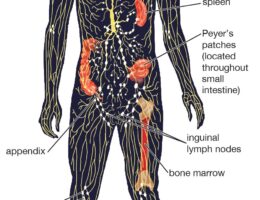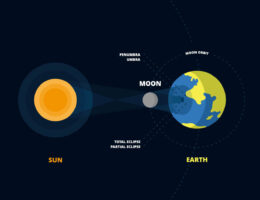The human circulatory system is a network of organs and vessels that are responsible for circulating blood throughout the body.
- Heart: The heart is the muscular organ that pumps blood throughout the body. The right side of the heart pumps oxygen-poor blood to the lungs, while the left side pumps oxygen-rich blood to the rest of the body.
- Arteries: Arteries are blood vessels that carry blood away from the heart. They are thick-walled and muscular to withstand the high pressure of blood flow.
- Veins: Veins are blood vessels that carry blood back to the heart. They have thinner walls than arteries and have valves to prevent blood from flowing backward.
- Capillaries: Capillaries are tiny blood vessels that connect arteries and veins. They are the site of nutrient and gas exchange between the blood and tissues.
- Aorta: The aorta is the largest artery in the body and carries oxygen-rich blood from the heart to the rest of the body.
- Superior vena cava: The superior vena cava is a large vein that carries oxygen-poor blood from the upper body back to the heart.
- Inferior vena cava: The inferior vena cava is a large vein that carries oxygen-poor blood from the lower body back to the heart.
- Pulmonary artery: The pulmonary artery carries oxygen-poor blood from the heart to the lungs, where it picks up oxygen and releases carbon dioxide.
- Pulmonary veins: The pulmonary veins carry oxygen-rich blood from the lungs back to the heart.
- Coronary arteries: The coronary arteries are blood vessels that supply oxygen-rich blood to the heart muscle.
The circulatory system is a vital part of the body, as it ensures that all organs and tissues receive the nutrients and oxygen they need to function properly.





